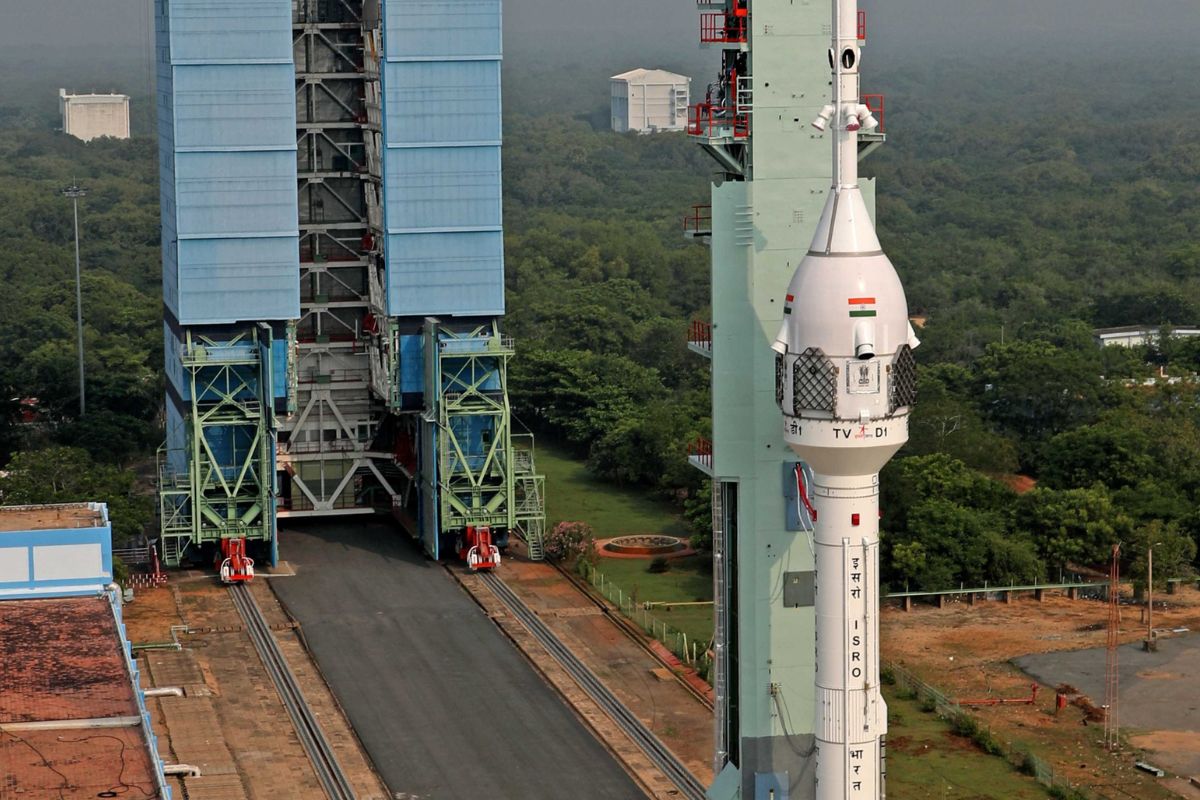The Indian Space Research Organisation (ISRO) achieved a successful Test Flight Abort Mission for the Gaganyaan mission on Saturday, following an initial test flight that had to be aborted at 8:45 am due to an issue with engine ignition.
The space agency promptly identified and rectified the errors, allowing for a second launch attempt, which was scheduled for 10:00 Hrs today.
Advertisement
This Flight test vehicle Abort mission is conducted to demonstrate the performance of the Crew escape system as part of the Gaganyaan mission.
The mission objectives of the TV-D1 launch are: Flight demonstration and evaluation of Test Vehicle subsystems; flight demonstration and evaluation of Crew Escape System including various separation systems; crew module characteristics; and deceleration system demonstration at higher altitudes and its recovery.
The Test Vehicle is a single-stage liquid rocket developed for this abort mission. The payloads consist of the Crew Module (CM) and Crew Escape Systems (CES) with their fast-acting solid motors, along with CM fairing (CMF) and Interface Adapters. This flight simulated the abort condition during the ascent trajectory corresponding to a Mach number of 1.2 encountered in the Gaganyaan mission.
This mission represents a significant milestone in India’s effort to demonstrate that it is possible to send humans into space.
The Gaganyaan project envisages a demonstration of human spaceflight capability by launching a crew of three members into an orbit of 400 km for a 3-day mission and bringing them safely back to earth by landing in Indian waters.
This programme will make India the fourth nation to launch a manned spaceflight mission after the US, Russia, and China. Building on the success of the Indian space initiatives, including the recent Chandrayan-3 and Aditya L1 missions, Prime Minister Narendra Modi directed that India should now aim for new and ambitious goals, including setting up ‘Bharatiya Antariksha Station’ (Indian Space Station) by 2035 and sending the first Indian to the Moon by 2040.
(With Inputs from Agency)







